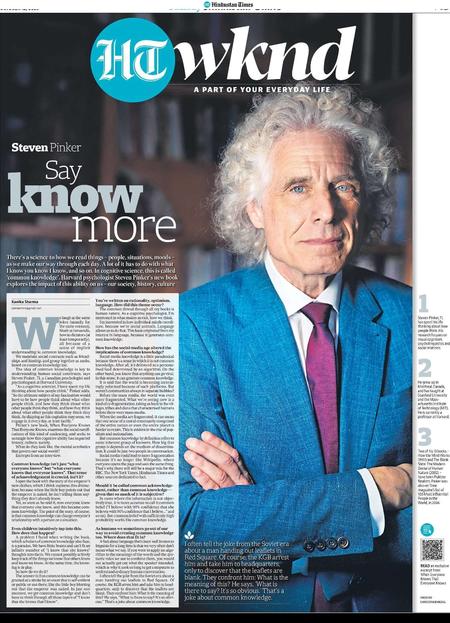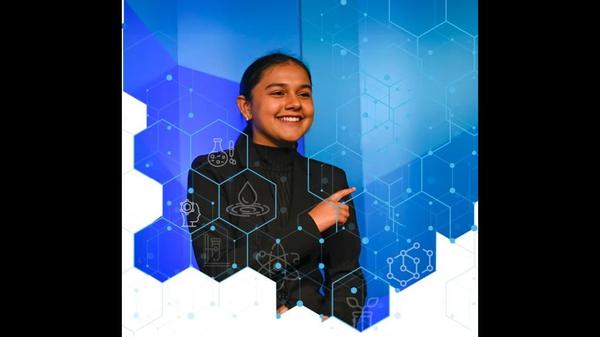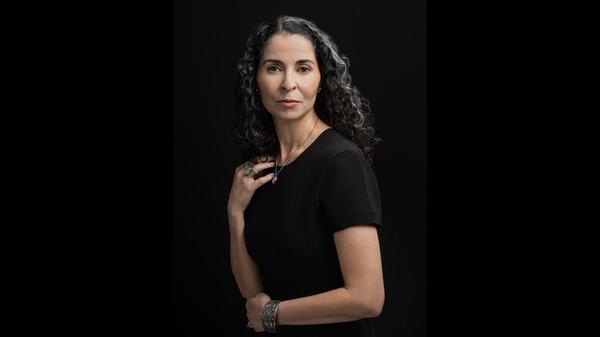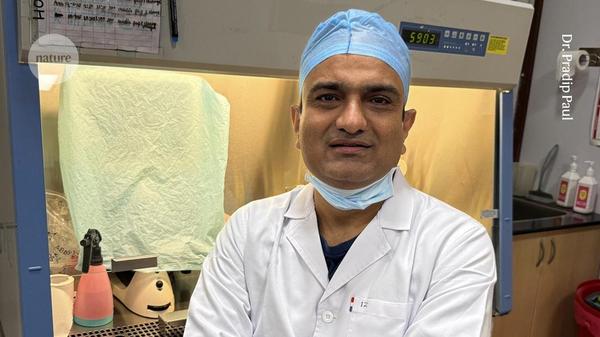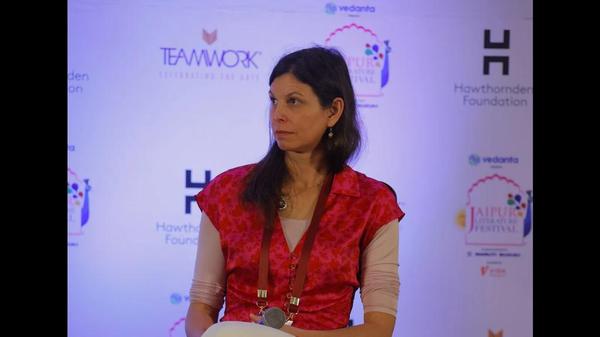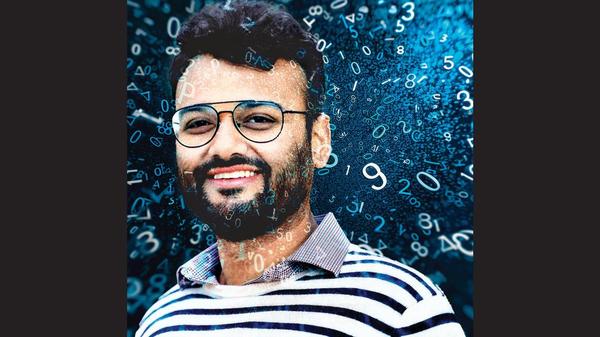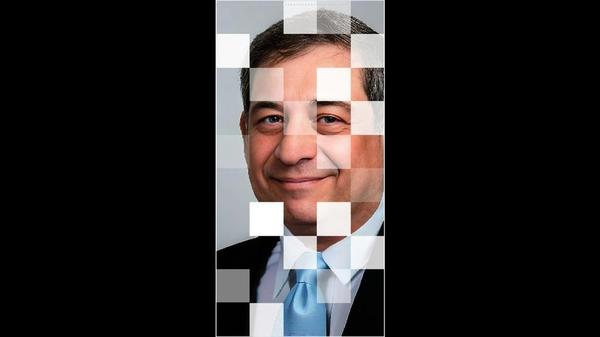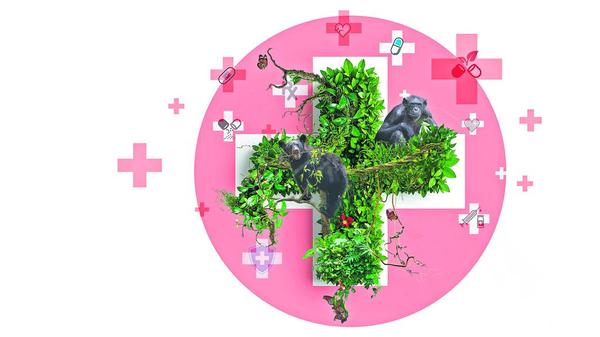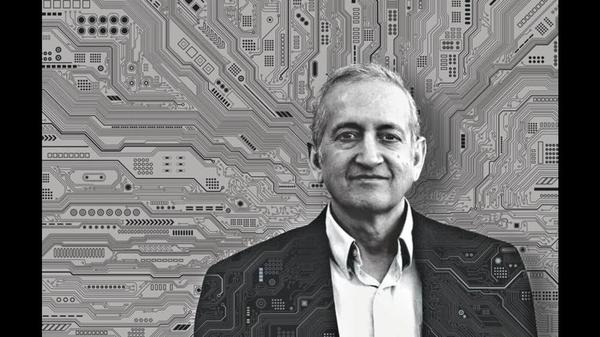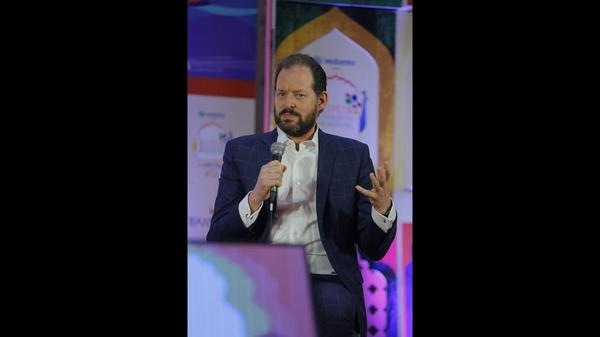Hindustan Times
•
21st February 2025
Vice in our veins: The science behind the sins that make us human
A new book by the English neurologist Dr Guy Leschziner suggests the reason we don’t evolve out of our “dark sides” is that they once helped us live on as a species. They were, in fact, so helpful that the fast-learning, fast-growing human brain became hard-wired for gluttony, envy, pride, wrath, greed, sloth and lust. In his book, Seven Deadly Sins: The Biology of Being Human (November; HarperCollins), Dr Leschziner, 50, studies brain scans, case studies, genetic findings and research papers fr...
